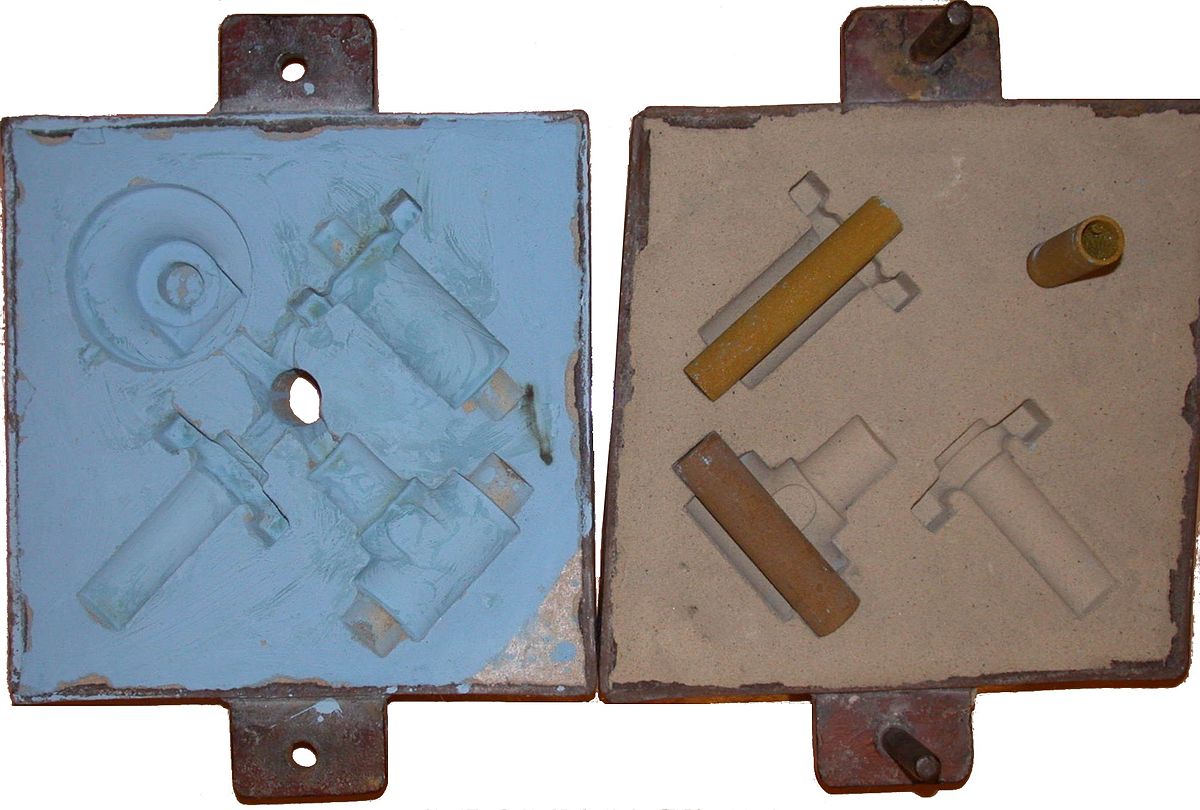There is a really good reason for the clutch and why the Semi has but the passenger vehicles don't
The two climb motors have a significantly higher gear ratio, close to double the cruising motor, there is a whole another stage to them. The climb motors are likely reaching 20k rpm under 100 mph, we can calculate that, been meaning to do that for a while, just need to find a bit of time
View attachment 979237
On a Model S/X, you will only get to 20k rpm at over 200 mph. The problem is that rpm related losses (core losses) grows somewhere between to the square to the cube of rpm, so if your motor is off but running at close to 20k rpm with you just cruising it can be a significant power hog, on top of you also having to spend energy to cool it
Here is an example from some real data from real motors, these are palm sized ones weighting around 1 kg and capable of 3 to 5 hp, so power density is comparable to the motors Tesla makes, but the principle is the same, it becomes a heater just by being off and spun fast
View attachment 979240
Another way to look at it is that when you need the power, you need to spin a motor really fast because that is where it's most efficient and can make the most power, but spinning it really fast when little power is needed, such as cruising on flat, it's really inefficient
A Semi needs around 80 kW for cruising of flat road fully loaded, a single motor spinning at half of the 20k rpm limit can easily do that all day long and efficiently
A few more plots of one of the motors from the graph above, first one is an efficiency map and second is a power output map, ignore all the white labels and lines, not relevant
Let's say we need low power for cruising at just 640 W, if we spin the motor at 11000 rpm, we will operate at 75% efficiency and have 160 W of waste heat, or we can operate at 2500 rpm at 90%+ efficiency and have just 64 W of waste heat
Now for the other scenario, climbing a big hill and we need 2.5 kW of power, at 2500 rpm this would be 80% efficiency and 500 W of waste heat, that motor would cook in no time, but at 11000 rpm we operate at 92% efficiency and just 200 W of waste heat, way more manageable
View attachment 979241
View attachment 979242
Now circling back to why the passenger cars doesn't need the axle clutch, the motor are always operating at slow rpm at normal driving speeds, such as the power lost is so low that it doesn't warrant the complexity added
The Semi is pushing the motors to it's limit, from the above about needing high rpm for high power, in my opinion the two acceleration motors are putting significantly more power each than the cruise motor, if we go from the gear ratios and 1500 hp Dan gave us, I would say each climb motor does close to 600 hp while the cruise motor are on the high 300s hp



